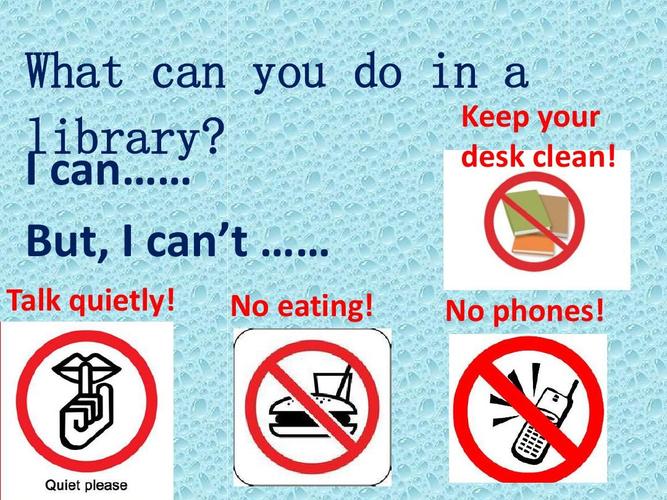Physical fitness is a cornerstone of a healthy society. As nations strive for excellence in sports, the importance of promoting fitness among all citizens becomes increasingly evident. Here, we explore how to foster a culture of fitness and sports participation using the English language as a tool for communication and education.
Fitness encompasses more than just physical health; it promotes mental wellbeing, social cohesion, and overall quality of life. Encouraging individuals to engage in physical activity not only reduces the risk of chronic diseases but also enhances productivity and happiness.
When promoting fitness in English, it's crucial to articulate the benefits clearly. Whether through public service announcements, educational materials, or social media campaigns, emphasize how regular exercise improves cardiovascular health, boosts mood, and increases longevity. Highlight success stories of individuals who have transformed their lives through fitness.
Make fitness resources readily available in English to cater to diverse populations. This includes translating exercise guides, nutritional information, and fitness apps. Ensure that language barriers do not hinder anyone from accessing valuable health resources.
Empower local communities to take ownership of fitness initiatives. Establish community centers where Englishspeaking volunteers can organize fitness classes, sports events, and wellness workshops. Encourage collaboration between schools, businesses, and nonprofit organizations to create a supportive environment for physical activity.
Harness the power of technology to promote fitness in Englishspeaking populations. Develop interactive fitness apps, online workout videos, and virtual training sessions. Use social media platforms to share motivational content and connect individuals with similar fitness goals.
Integrate fitness education into school curricula, teaching children the importance of leading an active lifestyle. Offer Englishlanguage sports programs and extracurricular activities to engage students outside the classroom. Instill a lifelong appreciation for fitness and health from an early age.
Recognize and celebrate the diversity within Englishspeaking communities. Tailor fitness programs to accommodate different cultural backgrounds, abilities, and interests. Foster inclusivity by embracing various sports and recreational activities that appeal to a wide range of individuals.

Encourage individuals to become leaders in promoting fitness within their communities. Offer Englishlanguage training programs for fitness instructors, coaches, and health advocates. Empower these leaders to inspire others and drive positive change on a grassroots level.
Embrace innovation in fitness and sports technology to keep Englishspeaking audiences engaged. Explore virtual reality fitness experiences, gamified workout apps, and wearable devices that track progress. Stay ahead of trends to make fitness accessible and appealing to diverse populations.
Building a sporting nation requires sustained effort and commitment. Continuously evaluate and adapt fitness initiatives based on feedback and evolving needs. Foster a culture where prioritizing health and wellbeing is not just a trend but a fundamental aspect of national identity.
In conclusion, promoting fitness and sports participation among Englishspeaking populations is essential for building healthier, happier communities. By effectively communicating the benefits, providing accessible resources, empowering communities, and embracing diversity and innovation, we can create a culture where everyone has the opportunity to thrive through physical activity.